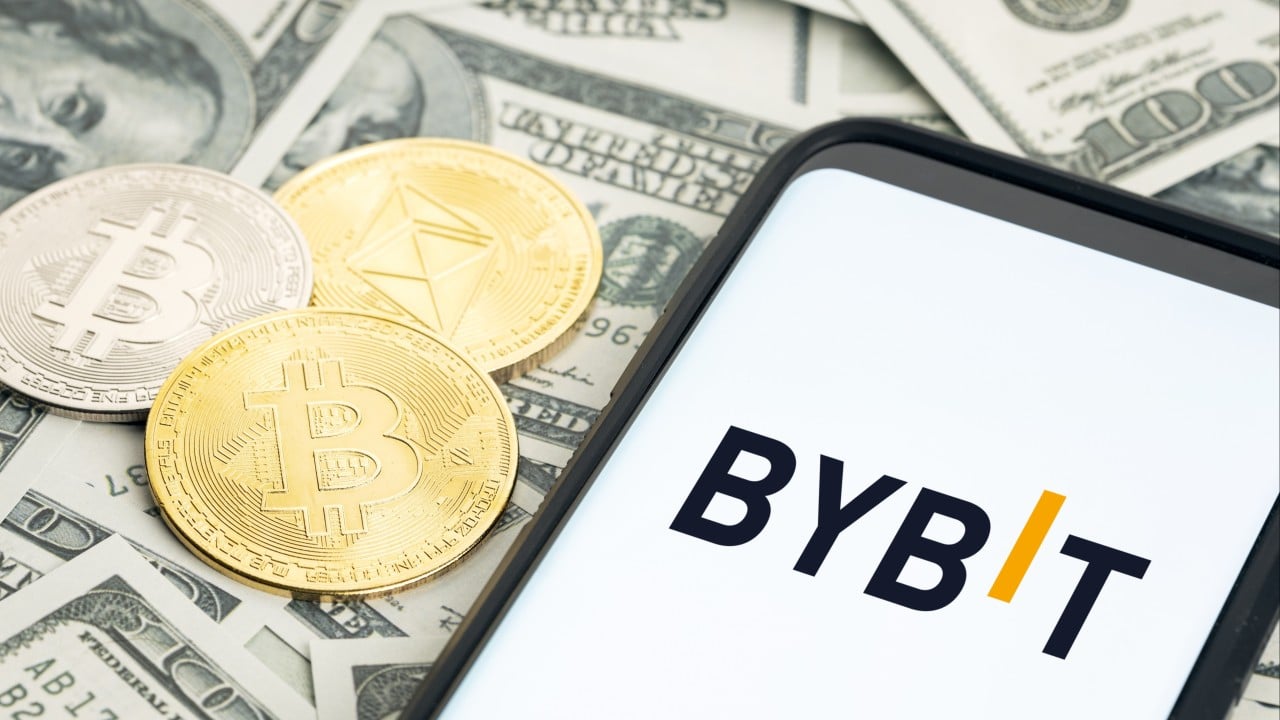A crypto exchange run by Bybit Fintech has surged to second spot globally by trading volume after targeting former clients of the defunct FTX platform as well as users in Europe and Russia.
Dubai-based Bybit’s growth has been spurred by plugging the gap left by FTX with a service that allows digital tokens to be used as collateral for margin trading, co-founder and chief executive officer Ben Zhou said in an interview.
“When FTX collapsed, we saw the opportunity,” said Zhou, referring to the bankruptcy of jailed Sam Bankman-Fried’s popular but fraudulent platform.
Bybit’s share of trading volume has doubled to 16 per cent since October, passing US leader Coinbase Global in March, according to Kaiko data. Zhou’s platform is second only to Binance Holdings for spot and derivatives transactions.
Crypto Recovery
Exchanges have benefited from a doubling in bitcoin’s price over the past year amid the debut of dedicated US exchange-traded funds. The jump is a comeback from a bear market and period of scandal headlined by FTX’s crash in 2022.
Soon after that collapse, Bybit unveiled a trading account that allows for cross-margin trading using over 160 tokens. Users can also tap unrealised profits to open new positions. “This was something that no one else had,” Zhou said.
Europe is currently Bybit’s biggest market, contributing about 30 per cent to 35 per cent of volumes, according to Zhou. Separately, about a fifth comes from the Commonwealth of Independent States (CIS), within which Russia is the largest source of business, he added. The CIS is a loose grouping of former Soviet nations.
Bybit has to tread a fine line in Russia, whose use of crypto is under heavy scrutiny for potential violations of the sanctions imposed following President Vladimir Putin’s invasion of Ukraine.
Sanctions Pitfall
Bybit screens Russian clients and follows “very strict sanction rules,” Zhou said. The company is setting up an office and seeking a digital-asset licence in neighbouring Georgia after securing a permit in Kazakhstan last year.
“We see a lot of growth in these areas,” Zhou said. “It’s also a new developing area that has quite a bit of potential.”
The six-year-old exchange’s advance also comes in the wake of a plea deal between market-leader Binance and US authorities in November. The agreement included a US$4.3 billion corporate penalty and jail-time for Binance’s co-founder Zhao Changpeng over sanctions and anti-money-laundering breaches.
Bybit, which is considered an “offshore” exchange serving mostly overseas customers, is undergoing a reset of its own as the regulations governing sprawling digital-asset businesses tighten.

New Markets
Europe is slowly being supplanted by new markets as rules introduced under the Markets in Crypto-Assets Regulation framework curb some products, Zhou said, listing Brazil, Turkey and Africa as fresh sources of growth.
Earlier this month the platform opened up to citizens of China who can prove they live outside the country, even though Beijing has banned crypto trading. Zhou flagged mounting demand from Chinese expats and legal assessments suggesting the risks of serving them are “relatively low”.
Another area of focus is the relationship between platforms and prime brokers, which serve as a key source of liquidity in crypto markets by matching institutional traders to exchanges. Bybit said in May that it had started a “compliance review” of its dealings with prime brokers. “Now, if you are a prime broker, we have to know who are you dealing with,” Zhou said.
Bybit has more than 30 million users and was set up in 2018, its website shows. Trading volume in the past 24 hours was US$2.9 billion, close to half of Binance’s US$6.3 billion, according to CoinGecko data.
The company has footprints in Dubai, Singapore and Hong Kong and will set up its first European office in the Netherlands around August, Zhou said.


